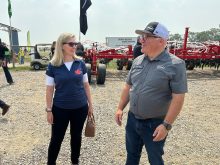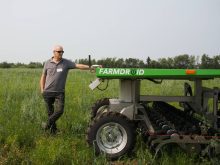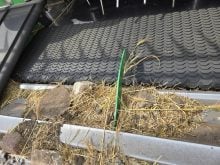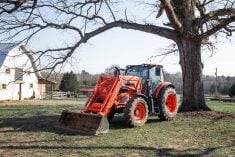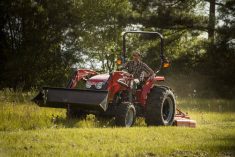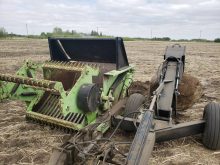Cattle producers should pay special attention this year to herd health problems stemming from unusual environmental conditions such as excessive spring moisture or persistent summer drought.Chris Clark, a professor at the Western College of Veterinary Medicine in Saskatoon, said environmental toxins such as ergot poisoning, sulfate poisoning and lead poisoning are closely related to weather conditions.“There are certain (conditions) that we certainly do know are closely related to weather patterns,” said Clark, who spoke at a May 6 seminar for stock handlers in Saskatoon.“When feed is tight and people are scrambling, you really have two choices. You either sell your cattle … and you go through the winter with (fewer) cattle or you scramble to try and find feed and you try to use feed that you perhaps wouldn’t normally use.”Feed shortages in some parts of Western Canada resulted in severe cases of ergot poisoning last winter.In one incident, a producer from central Saskatchewan bought elevator screenings to help stretch his winter feed supplies.Within weeks, his herd was showing classic symptoms of ergot poisoning.Ergot is a fungal disease that affects rye and other grass species. It is especially prevalent in years with excessive moisture.Ergot-infected feed can severely restrict blood flow to an animal’s tail and limbs, eventually causing hooves and tail to dry up and fall off. It also causes abortions in bred cows and heifers.Clark said mouldy sweet clover can also cause significant herd health problems.Clover that becomes wet during harvest should be used carefully, and herds fed mouldy clover should be monitored closely.Lead poisoning, hardware disease and sulfate poisoning can also become more prevalent under dry conditions.Last year, old yard sites became an appealing grazing option when producers were scrambling to find extra pasture.Clark said these sites can be a valuable grazing resource but they also increase the risk of hardware disease and lead poisoning.“There’s so many old yard sites around … but the prevalence of old car batteries and tractor batteries is amazing,” he said. Battery cases crack when they freeze and the inside components are exposed.“This is the ultimate cow treat,” Clark said. “It’s salty, sweet and if you’ve got young animals out there, they’re going to find this stuff.”He said he has seen cases where cows have chewed and ingested large chunks of lead before being put down.“They don’t lick this stuff. They actually eat it. They take bites, they chew it up and they swallow it, so they’re taking in massive doses of lead.“The other thing we see is that if there’s a lot of old junk lying around, we know cattle pick it up and we end up seeing hardware disease.”Dry growing conditions can also result in the use of marginal forages and baling in areas that normally wouldn’t be baled.Kochia can pose a significant health threat to beef herds in dry years because it is drought resistant and accumulates sulfates from the soil.Cattle can develop polio, kidney malfunction or internal hemorrhaging if sulfate levels in baled or standing forages are too high.Visit www.agriculture.gov.sk.ca/Feeding_Kochia for more details on kochia poisoning.Clark said the threat of sulfate poisoning is heightened if herds drink from shallow sloughs.“If you’re using a slough as your main water source and that slough contracts over the summer, the salt concentrations in that water will increase and you can certainly end up with toxic levels of sulfate in the water.“Kochia also accumulates sulfur from the soil so you can end up with a perfect storm where you not only have high sulfates in the water but you also have high sulfate levels in the forage. (Kochia can be) a good forage but you’ve just got to make sure you dilute it out.”Farmers who graze new areas, bale more intensively or buy feed from an outside source should identify the potential hazards, test their feed and make educated feeding choices.“Farmers tend to know their own feed quite well, whereas if you buy feed, you won’t necessarily know what you’re (bringing) in … and there could be issues with it,” he said.“Just because your feed is a little off doesn’t mean you’ve got to burn it.… It’s still useful, but you’ve got to use it appropriately.”Excessive spring moisture also means that the threat of infectious diseases such as anthrax should be on producers’ radar.“When we have a wet spring followed by a very dry summer, that typically is (a scenario) that should raise a red flag for anthrax.”
Read Also
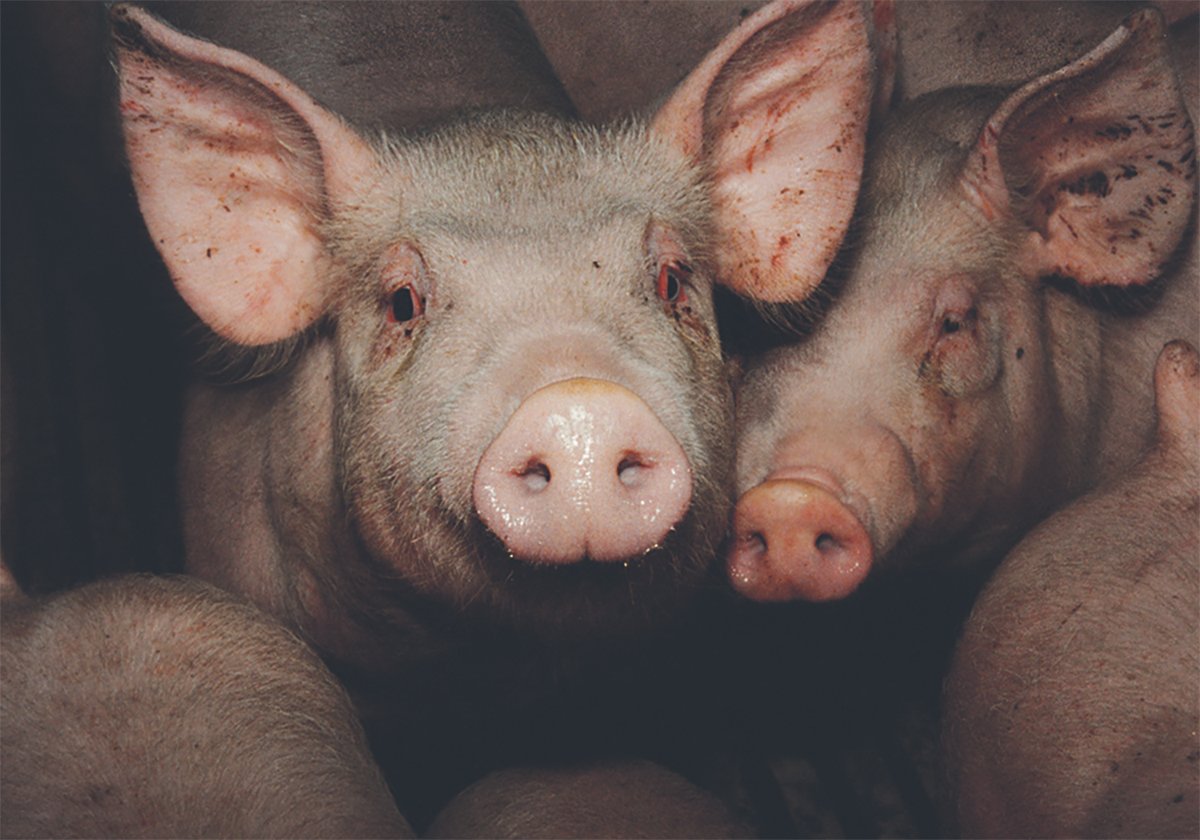
The Western Producer Livestock Report – October 30, 2025
Western Producer Livestock Report for October 30, 2025. See U.S. & Canadian hog prices, Canadian bison & lamb market data and sales insights.



